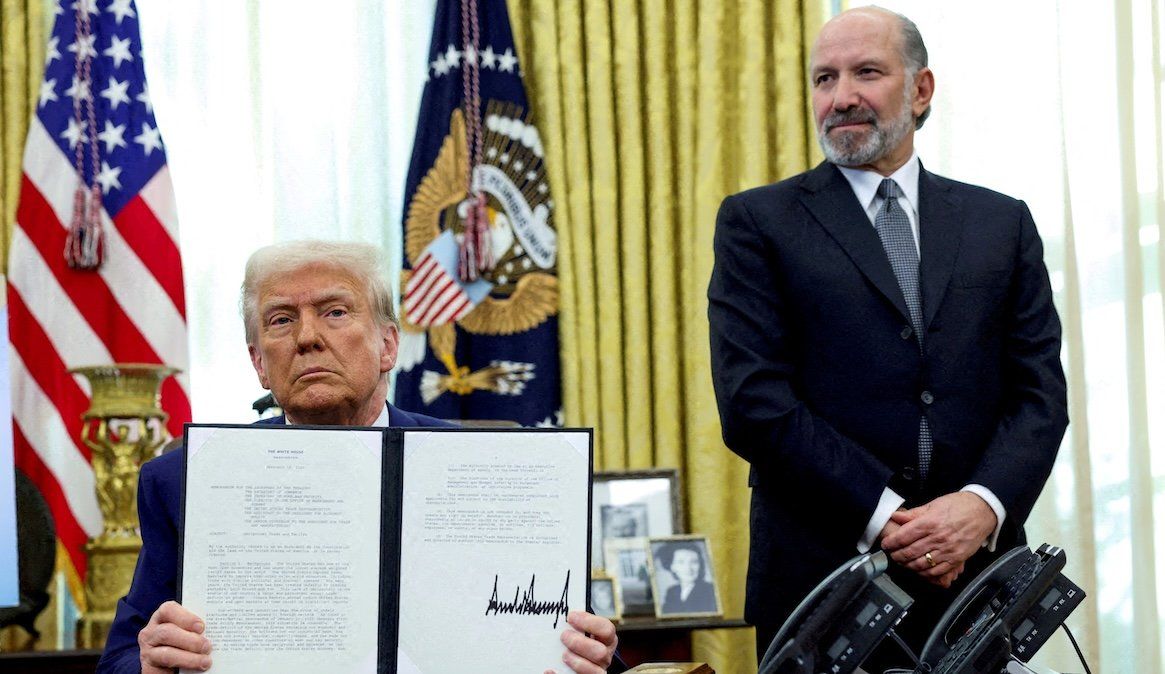Economist Justin Wolfersjoked on social media on Tuesday that we had a “world first: An intra-day tariff chart.” Donald Trump launched a 25% tariff on Canadian aluminum and steel, raised it to 50%, and then lowered it again the same day after Ontario Premier Doug Ford backed off on a 25% energy export surcharge for electricity sent to parts of three northern US states.
In response to Trump’s steel and aluminum tariffs, Canada nonetheless moved ahead with counter-tariffs worth more than $20 billion on US goods including steel, aluminum, and other products. If you’re keeping score at home, these duties are on top of previous $30 billion counter-tariffs levied by Canada from Trump’s first round of tariffs.
The tariffs and counter-tariffs threaten to disrupt supply chains, drive profits down for manufacturers, lead to job losses, and raise prices for consumers on both sides of the border. The Dow Jones dropped almost 500 points on Tuesday and slid again Wednesday as markets reacted to the news, which included European counter-tariffs against the US worth $28 billion.
The Bank of Canada on Wednesday announced a 25-basis point interest rate cut amid slowing market confidence and investment, warning the trade war would hike inflation and make for tough times ahead – including the risk of a recession. Tough times and recession are prospects the US also faces as the tariff wars drag on.